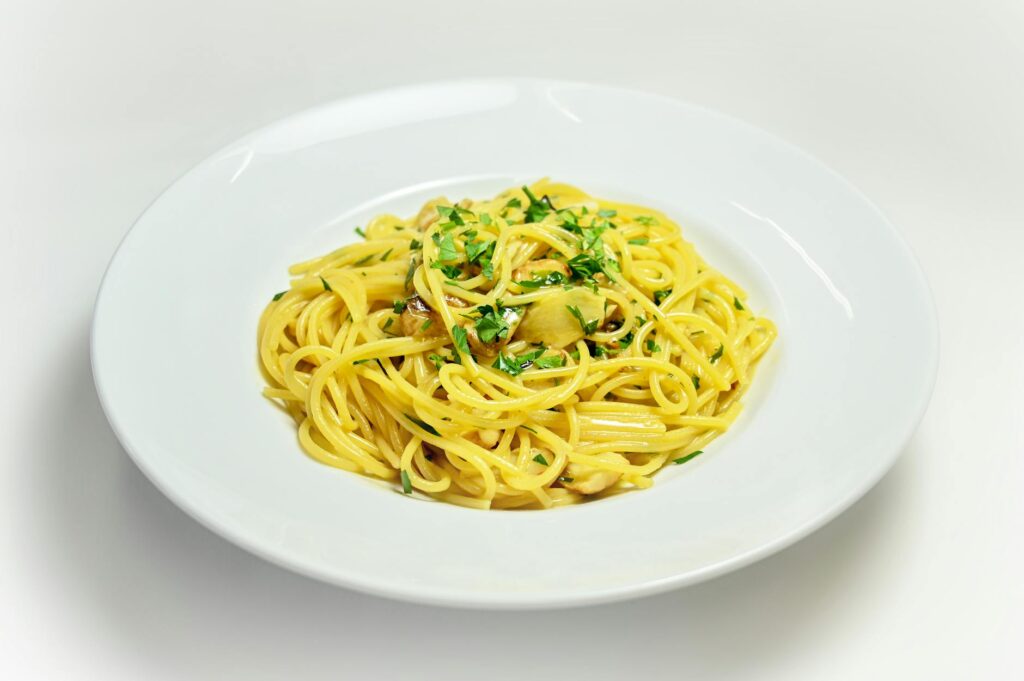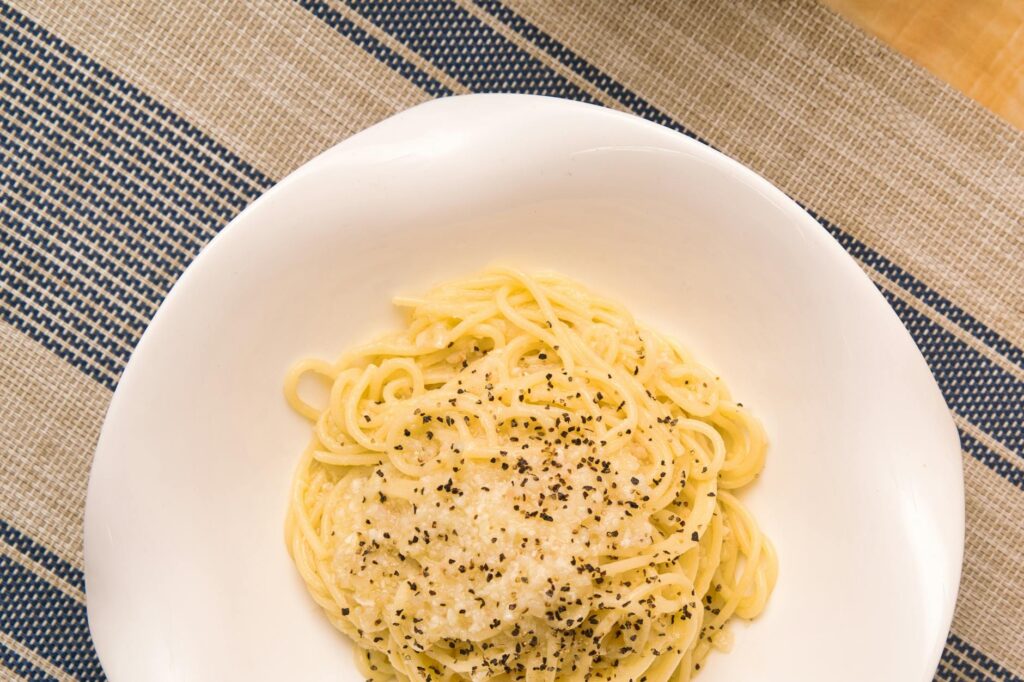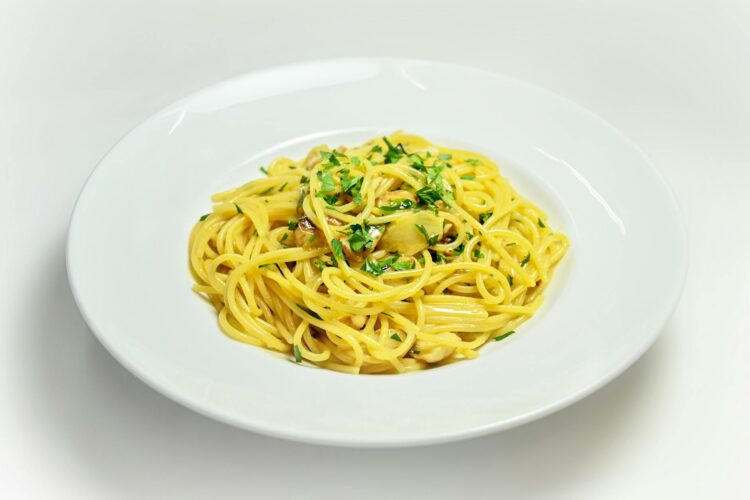Cacio e Pepe: the name alone evokes images of simple, rustic Italian cooking. This Roman pasta dish, meaning literally “cheese and pepper,” is a testament to the fact that sometimes, the most straightforward recipes are the most delicious. With just a few high-quality ingredients and a bit of technique, you can create a culinary masterpiece that rivals any restaurant offering.
Understanding the Ingredients
The beauty of Cacio e Pepe lies in its simplicity. The quality of your ingredients directly impacts the final flavor. We’ll explore each element in detail, ensuring you have the best possible experience.
The Pasta: A Foundation of Flavor
Traditionally, Cacio e Pepe is made with long, thin pasta such as spaghetti or bucatini. The shape is important; its surface area is key for capturing the creamy cheese sauce. Learn more about pasta selection.
Pecorino Romano: The King of Cheese
Pecorino Romano is the undisputed star of this dish. Its sharp, salty, and slightly nutty flavor is essential. Don’t substitute with another cheese; the experience won’t be the same. 
Freshly Cracked Black Pepper: The Aromatic Counterpoint
Freshly cracked black pepper is crucial. Pre-ground pepper lacks the necessary aroma and intensity needed to balance the richness of the Pecorino Romano. Here’s a tip for optimal pepper use.
The Pasta Water: A Secret Weapon
Don’t underestimate the power of starchy pasta water. It’s the key to creating a luscious, creamy sauce that coats every strand of pasta. Discover why pasta water is crucial.
The Cooking Process: Mastering the Technique
With the ingredients ready, let’s move onto the precise steps that will elevate your dish.
Step 1: Boiling the Pasta
Bring a large pot of salted water to a rolling boil. Salt generously! This seasons the pasta from the inside out.
Step 2: Adding the Pasta
Add the pasta and cook according to the package directions. Reserve about 1 cup of the starchy cooking water before draining.
Step 3: The Cheese and Pepper Emulsion
While the pasta cooks, grate the Pecorino Romano and set aside. In a large bowl, combine a generous amount of the cheese with freshly cracked black pepper. 
Step 4: Creating the Creamy Sauce
Add the drained pasta to the bowl with the cheese and pepper. Add a ladle or two of the reserved pasta water and toss vigorously to create a creamy emulsion. The starch will help bind everything together.
Step 5: Adjusting Consistency
Continue adding pasta water, one ladle at a time, until you reach your desired consistency. The sauce should be thick but not clumpy. [IMAGE_3_HERE]
Step 6: Serving and Enjoying
Serve immediately. Garnish with extra black pepper and a final grating of Pecorino Romano. A simple sprig of fresh parsley can add a nice touch.
Troubleshooting Tips
Sometimes, things don’t go according to plan. Here are a few common issues and how to resolve them.
Variations on a Classic
Though traditional Cacio e Pepe is magnificent as is, there are some creative ways to personalize it.
Beyond the Basics: Exploring Other Roman Dishes
If you enjoyed making Cacio e Pepe, you may also want to try other classic Roman pasta dishes like Amatriciana or Gricia. These are equally simple and delicious.
Storing Leftovers
While best enjoyed fresh, leftovers can be stored in an airtight container in the refrigerator for up to 2 days.
Nutritional Information
Cacio e Pepe provides a good source of protein and calcium. Nutritional information varies depending on the quantities of ingredients used.
Frequently Asked Questions
Addressing the most frequently asked questions.
Final Thoughts: Mastering the Art of Simplicity
Cacio e Pepe is a dish that epitomizes the Italian culinary philosophy of using high-quality ingredients to create something extraordinary. With a little practice, you’ll be making this perfect pasta dish time and time again. Get more pasta recipes here.
